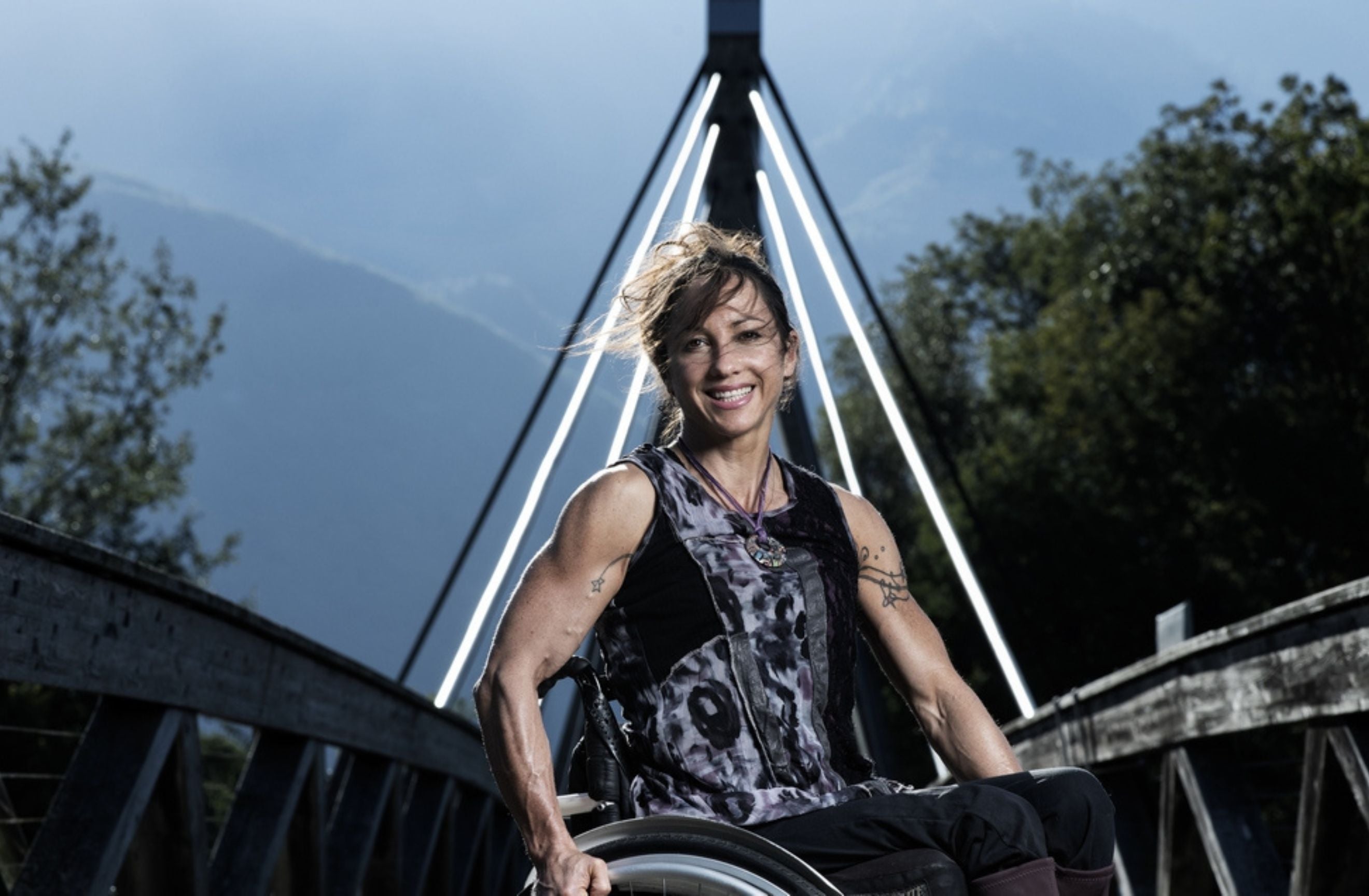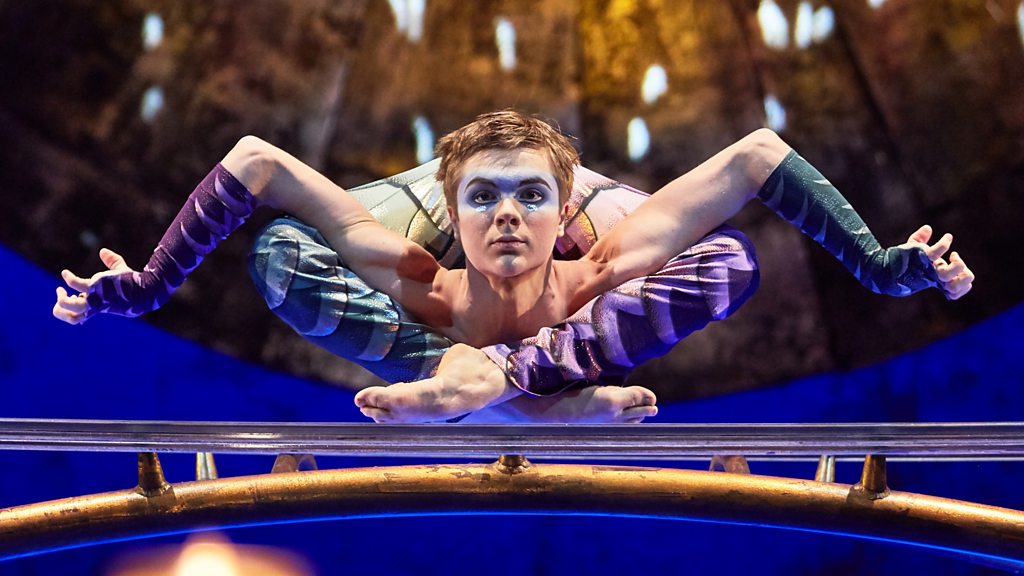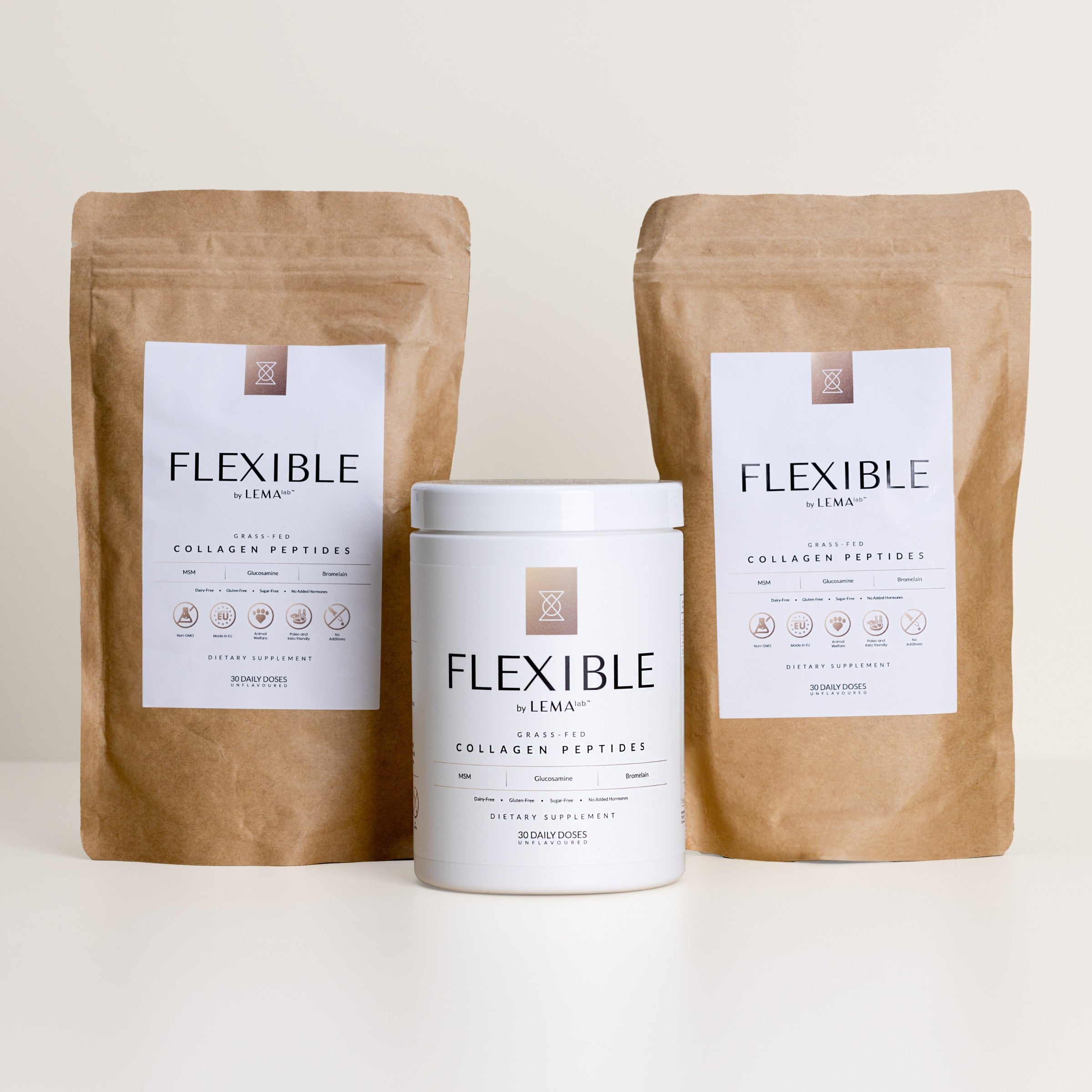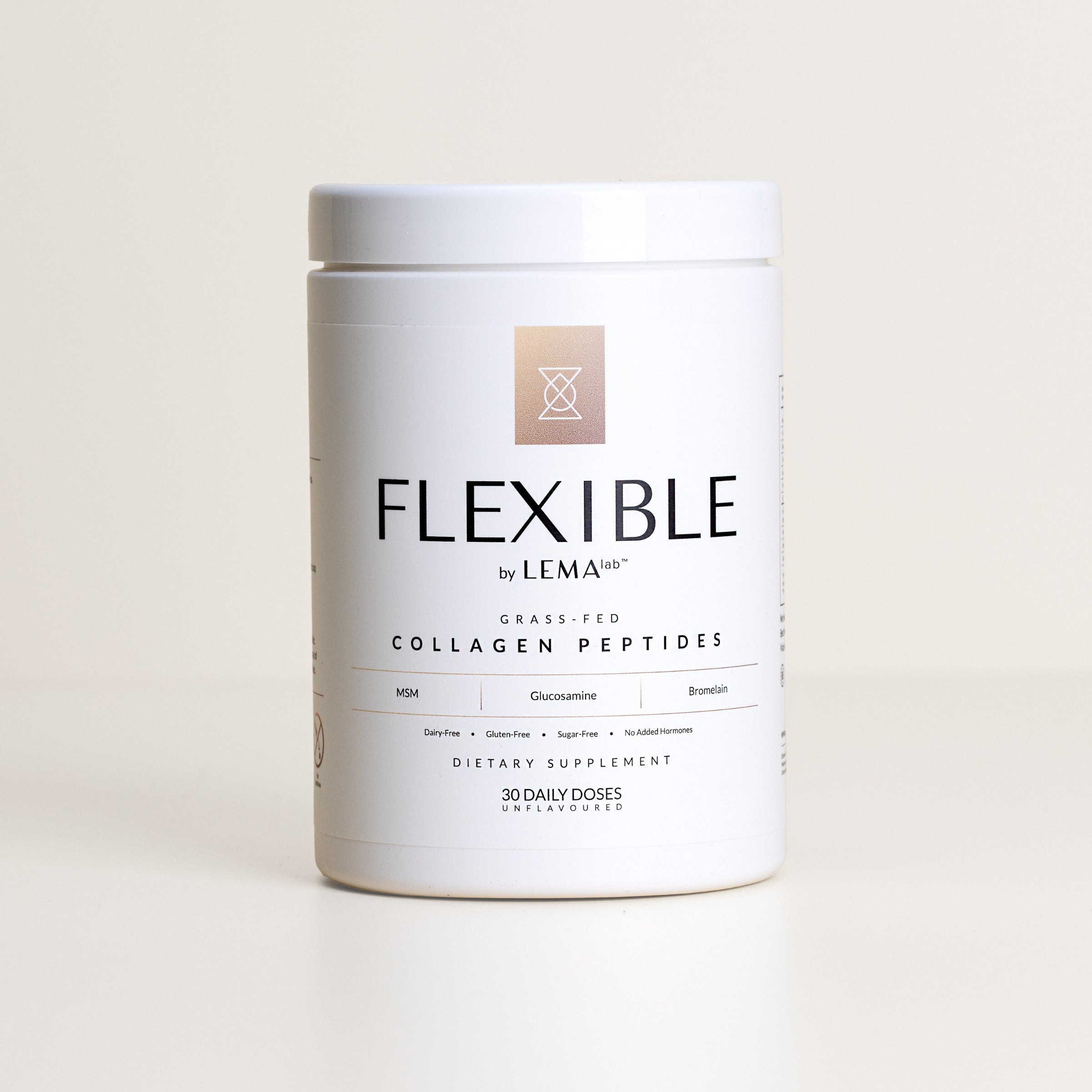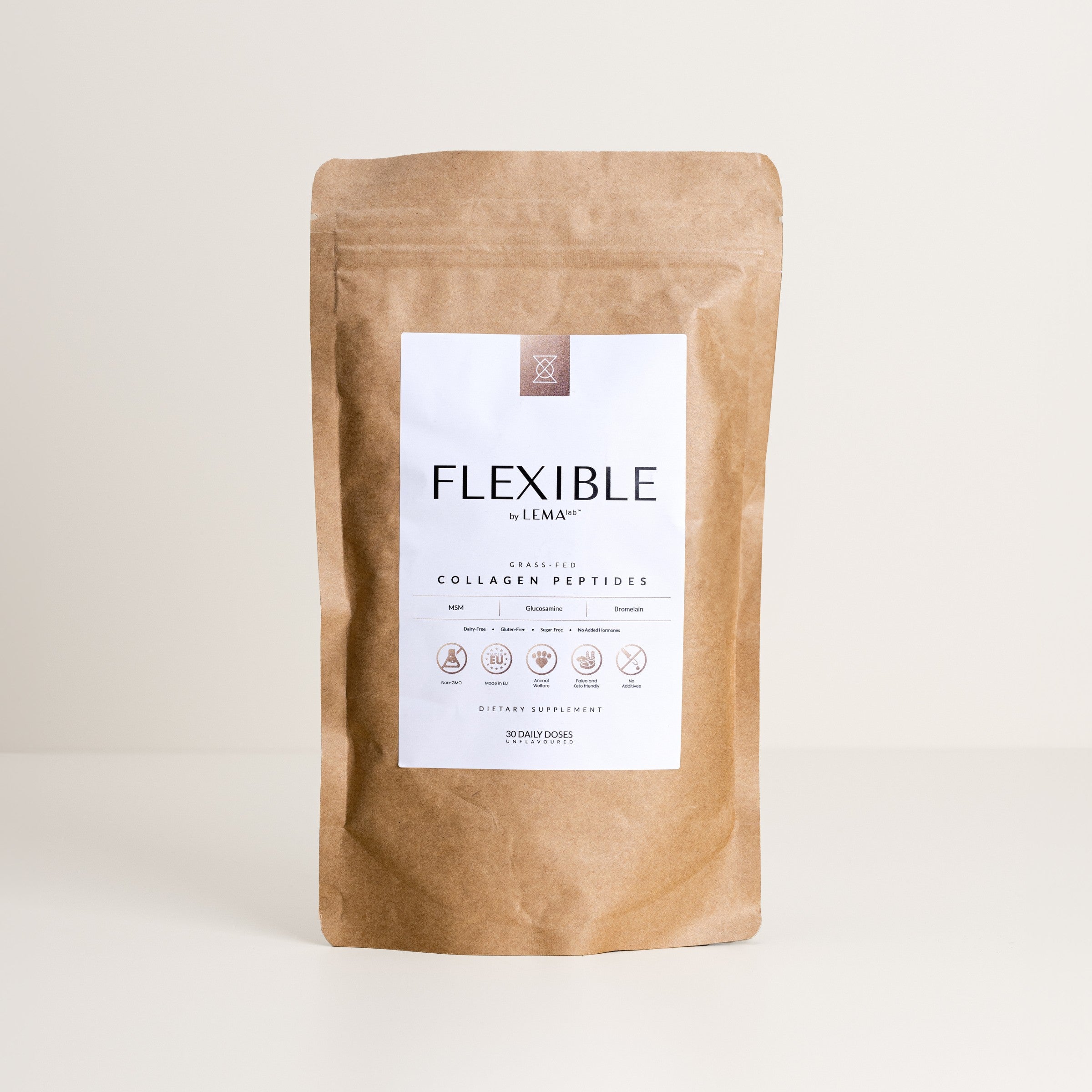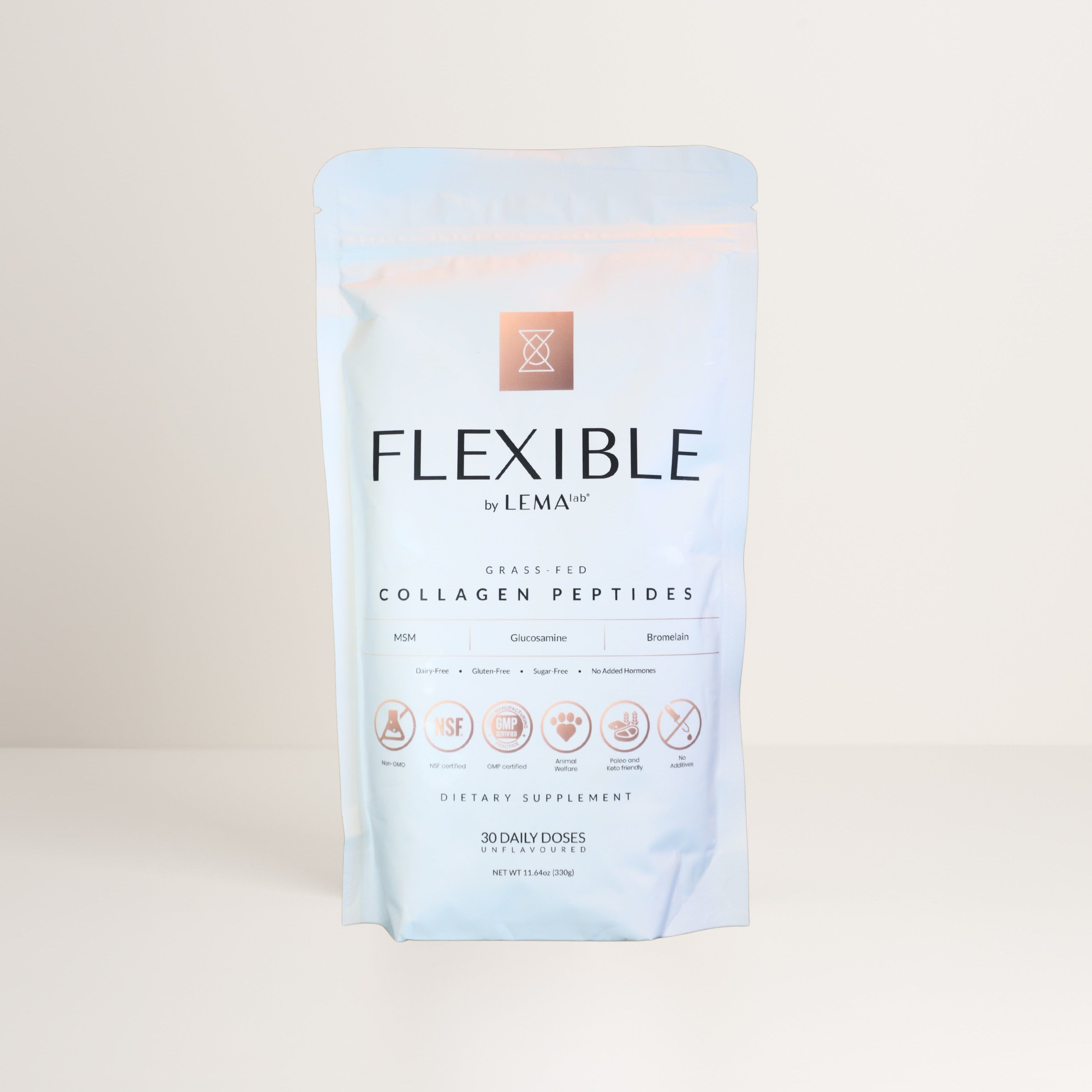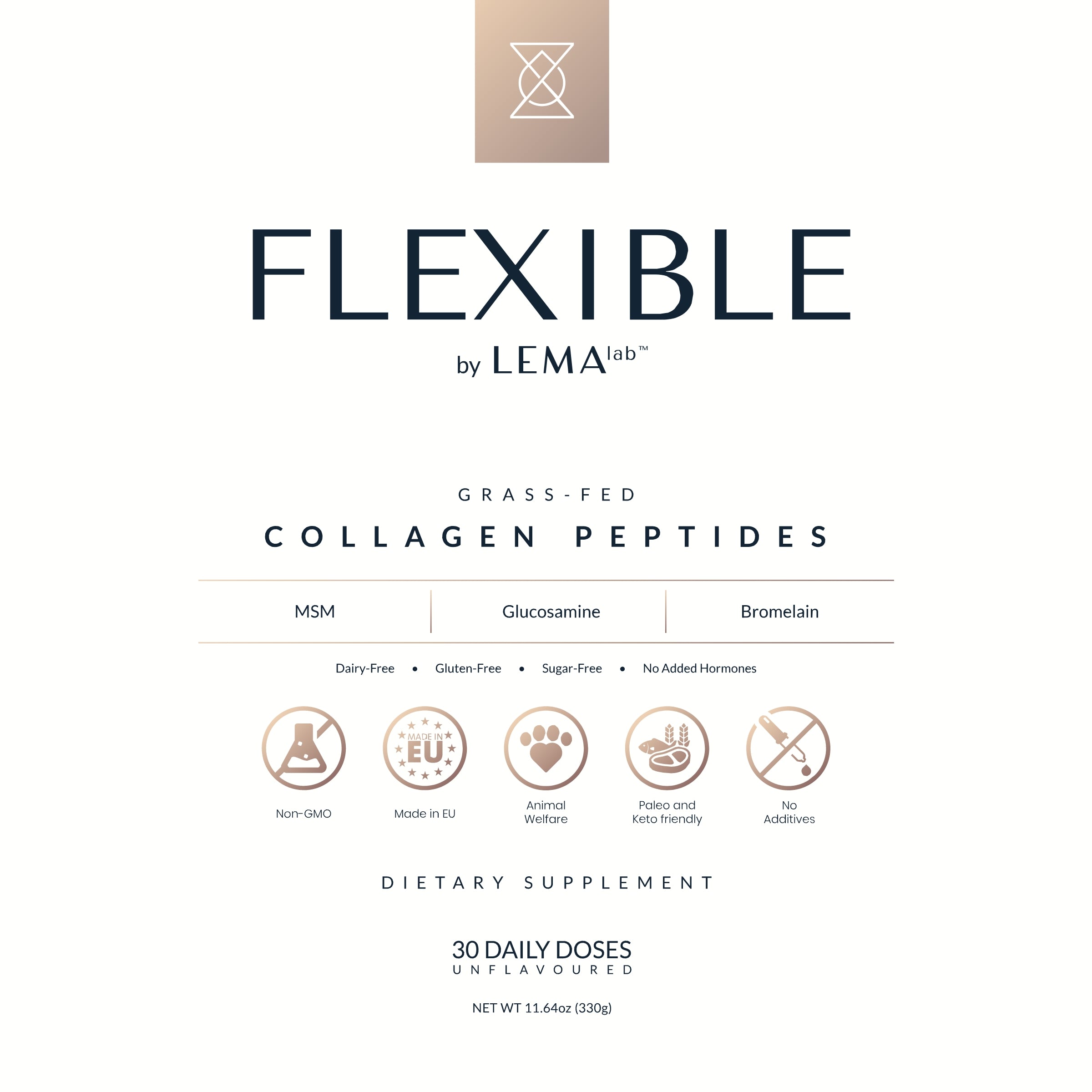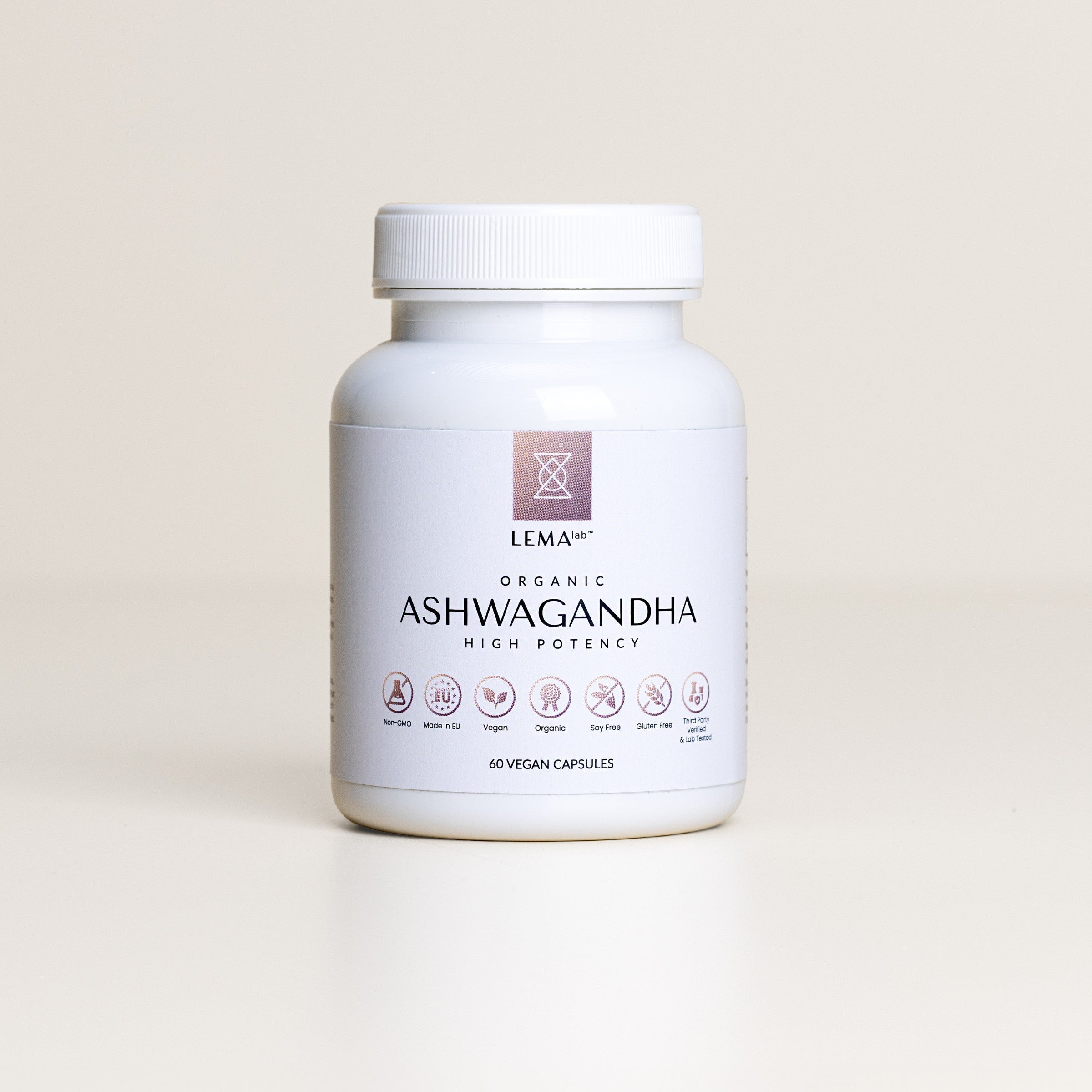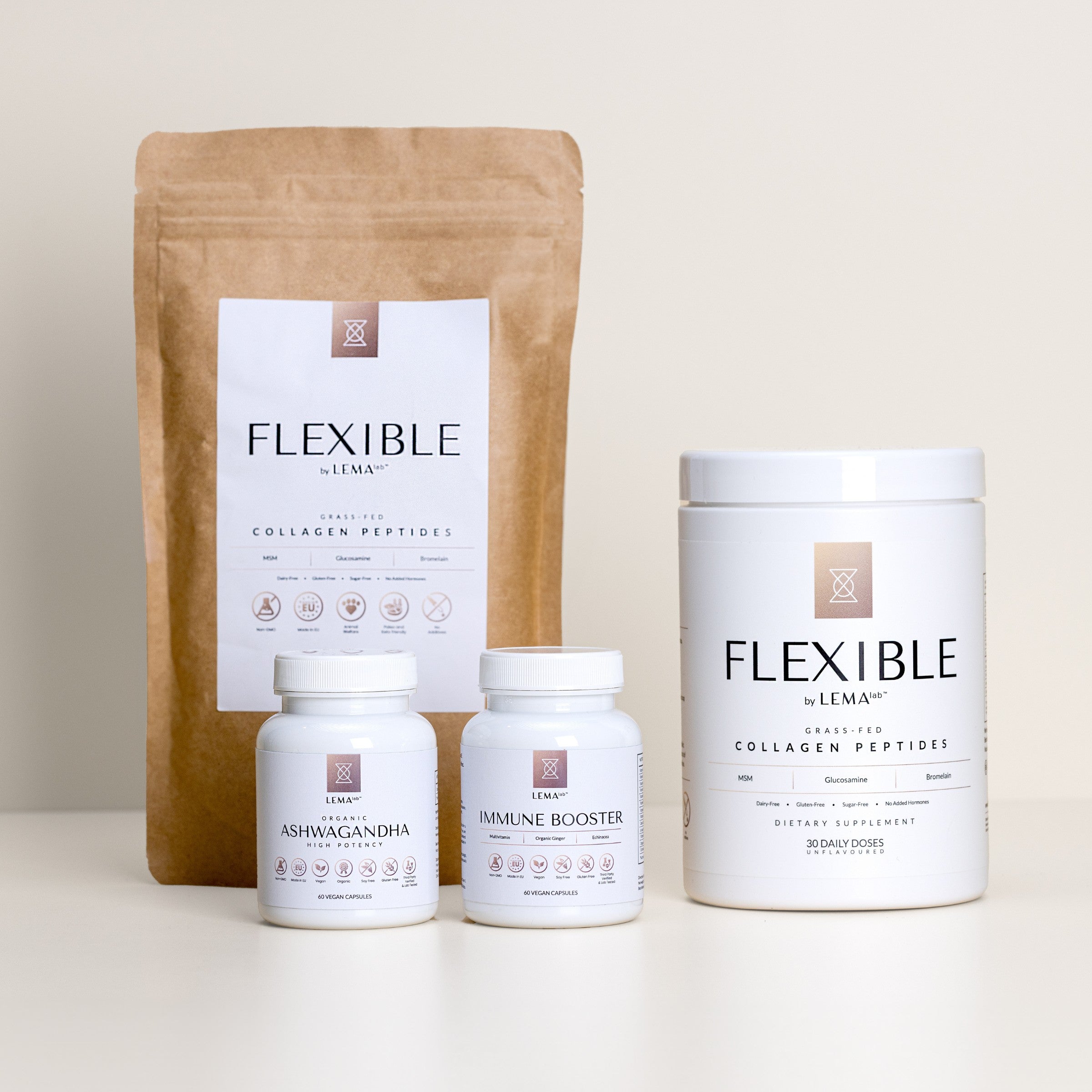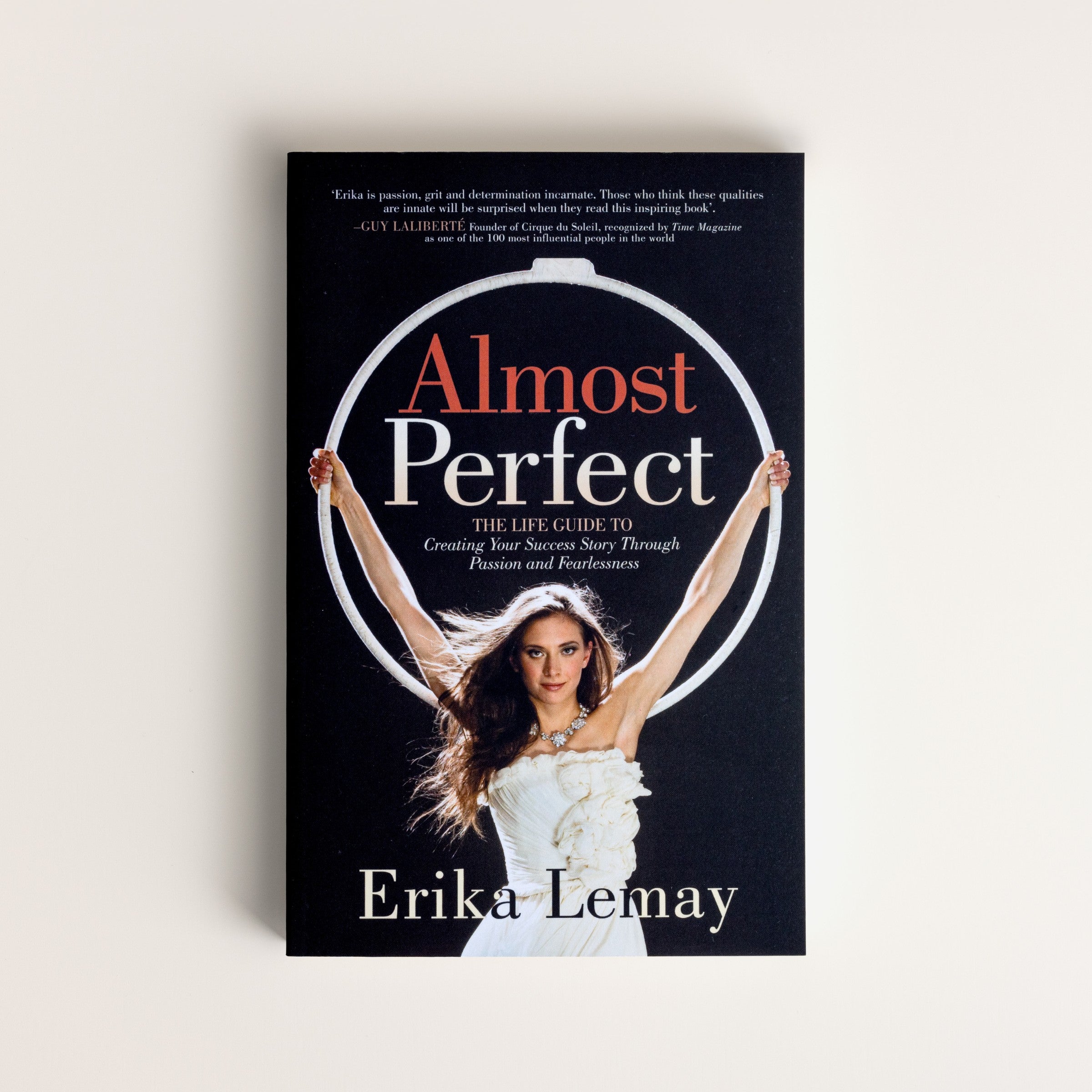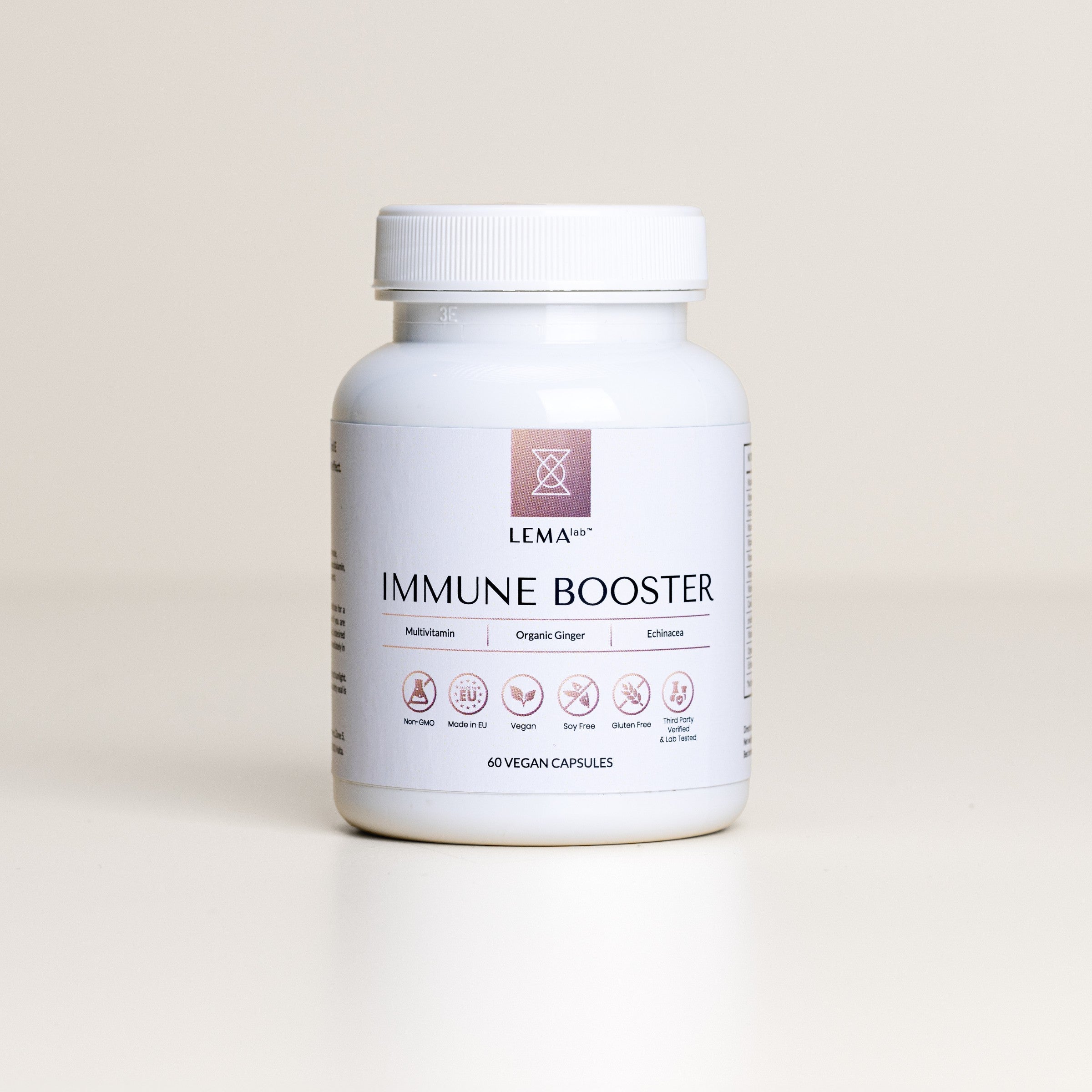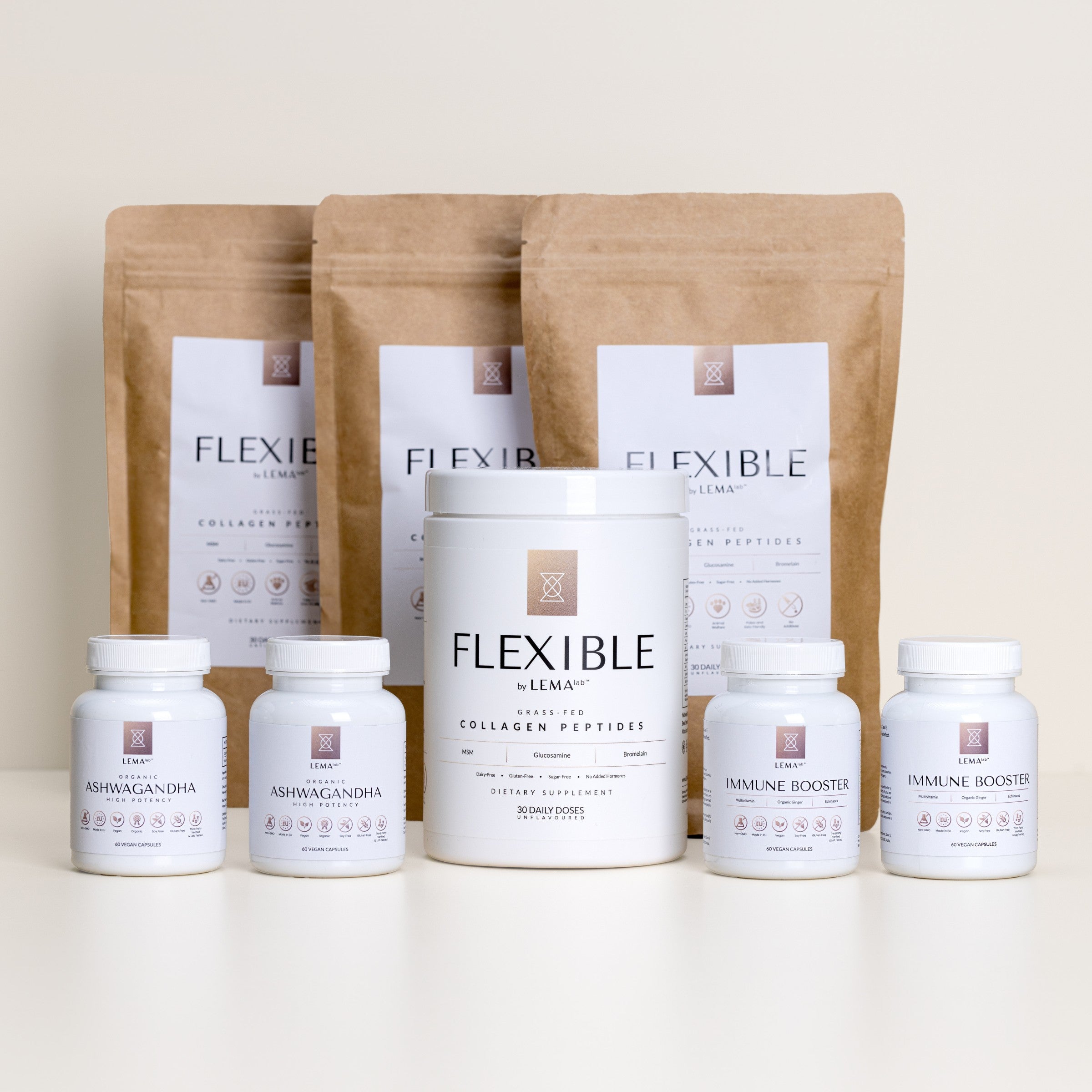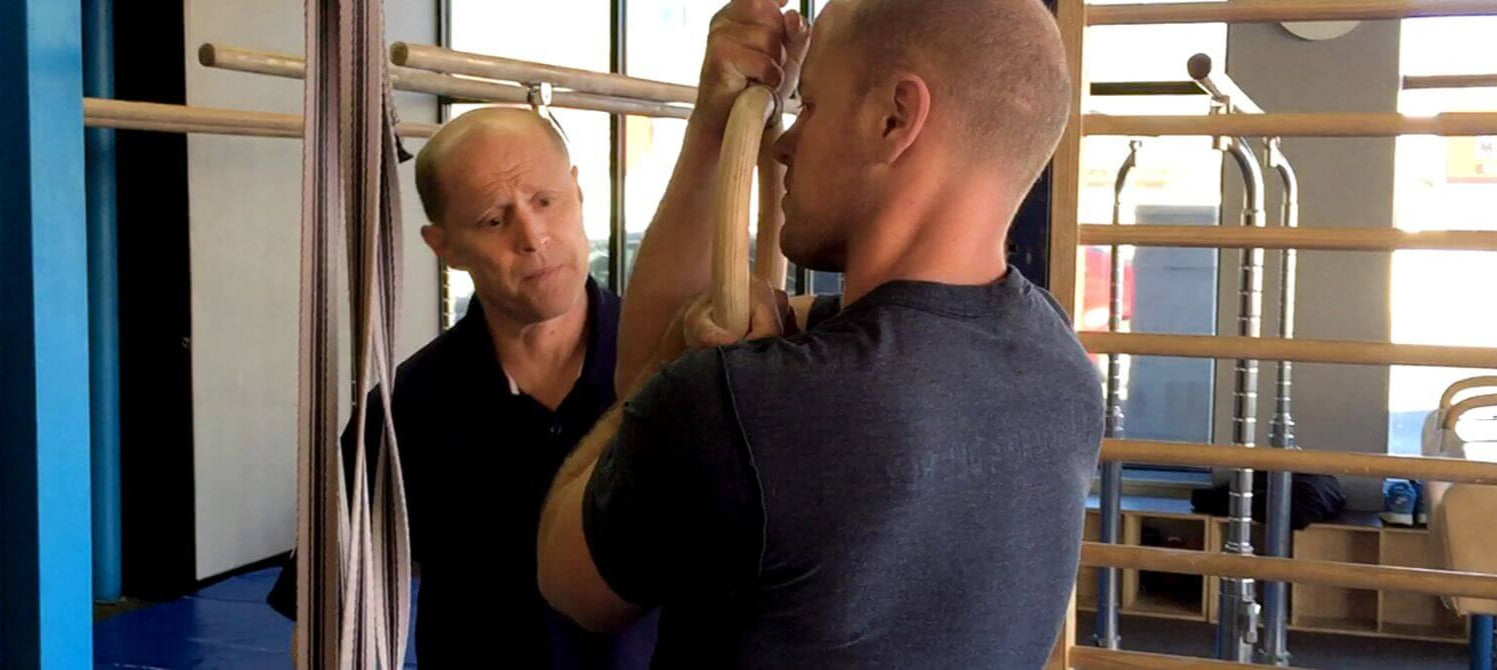
CHRISTOPHER SOMMER
‘The people who do well are those who can honour the commitment they made to themselves. From my experience, the individuals who succeed—whether athletes or special operations in the military I have interacted with—are calm, methodical, and enjoy the process. They don’t rush or look for shortcuts.’

Coach Christopher Sommer is a highly esteemed gymnastics coach with nearly four decades of experience at regional, national, and Olympic levels, including his long tenure as the US Junior National Team coach. Renowned for transforming his athletes into some of the world’s strongest and most powerful gymnasts, Coach Sommer is also the founder of Gymnastic Bodies, a widely recognised strength training system for gymnastics. His ground-breaking book, Building the Gymnastic Body, serves as a comprehensive training guide for non-gymnasts, offering elite-level routines designed to enhance strength and mobility.
What is Gymnastic Bodies in your own words?
It’s a high-level, world-class bodyweight fitness programme that focuses on building the physical structure first, so the body can handle what we’ll later ask it to do. Too often, people jump straight into technical training and expect their body to catch up, which I think is like putting the cart before the horse. My approach is to build the tool first—prepare the body—and then use it.
Who is it for?
When I first started, it was for national team athletes—people aiming to be the best in the world. Then we began receiving a lot of interest from people in the fitness space, those who just wanted to train. That eventually led to physical therapists around the world reaching out because they found my methods worked better than what they had been taught. Many were used to focusing on neutral spine concepts, but I came in saying the opposite.
For example, for the Jefferson Curl—an exercise where you bend the spine under load to strengthen its full range of motion—the focus used to be on keeping a straight back and lifting maximum weight. Now, it involves slowly bending the spine under load, one vertebra at a time. I never took my athletes past their body weight, focusing instead on the minimum effective dose—enough to achieve results while maintaining a surplus for protection. It’s a principle I apply broadly: unless someone is a strength athlete, there’s no sense in training like one. I believe that to truly know if something works, you need to test it yourself. Some therapists began doing that, saw better results, and started applying it with their patients, while others resisted. Now, it’s widely accepted that my approach is more productive.

Could you describe the importance of a long-term mindset in elite and non-elite athletes?
The long-term mindset is essential because physical tissue takes time to remodel—bone tissue takes around two years, muscle tissue around one to two months, and connective tissue six to seven months. Many athletes push hard enough to make their muscles strong, but their joints aren’t prepared to handle that intensity. As a result, injuries often follow. Pain is usually the first sign, but people were taught the ‘no pain, no gain’ mentality, which is utterly ludicrous. I believe in no brain, no gain. It’s about being thoughtful and preserving your body. You’ve only got one, and if you break it, you’re done.
I believe in moving slowly, especially for beginners. Too many athletes rush, thinking they need to push through pain or see instant results. But training should be viewed as a long-term process. Some coaches, like those from Russia and China, understood this mindset, while not all of my peers in the U.S. did. A few did, but most were in a hurry. What’s important is the quality of life after athletics—brief glory isn’t worth it if the rest of your life is compromised. So rule number one: don’t damage yourself. We are looking for an optimal balance between work and recovery.
Even among Olympic gold medallists, approaches differ. Some train six days a week, two to three times a day, while others succeed with four or five single sessions a week. The key is understanding what their body thrives on and respecting that balance.
Could you describe what a complete athlete looks like for you, both physically and psychologically?
A complete athlete is someone who treats competition as if it’s unimportant, maintaining sharpness and consistency without focusing on peaking for events. The key is constantly sharpening the blade—why would you intentionally dull it when you need it most? I once worked with an NHL player who was told to get really strong before the season and then cut back, but I didn’t understand that. For me, the goal is to maintain functionality, not gain strength, especially during competition. My athletes would stick to their regular conditioning even before national competitions because it was about sustaining their edge, not gaining more strength.
The people who do well are those who can honour the commitment they made to themselves. From my experience, the individuals who succeed—whether athletes or special operations in the military I have interacted with—are calm, methodical, and enjoy the process. They don’t rush or look for shortcuts. The fitness market’s obsession with quick fixes frustrates me. When Tim Ferriss asked for a 30-day solution, I told him there was nothing meaningful to achieve in such a short time. Real results require long-term commitment, and it starts with making one long-term decision and sticking to it. That decision drives everything else.

What are the most common injuries in elite athletes versus non-elite athletes?
Overuse injuries were the most common issue I saw in both elite and non-elite athletes. Many people looked at how Olympic athletes trained and tried to mimic that intensity immediately, jumping into six days of training a week. What they didn’t realise was that those athletes often started with just one hour of training once a week. If they managed that well for a year, they gradually increased to two hours, then added more hours and days over five or six years. It was a slow, steady process—fun, gentle, and productive, without unnecessary mental stress. Training wasn’t about doing as much as possible all at once; it was about building a foundation and progressing at a sustainable pace.
In moments when athletes wanted to keep pushing themselves just days before Nationals, I told them, ‘No one cares how today’s training goes—what matters is the work you’ve consistently done over the past year.’ Injuries like tendonitis and cartilage damage could result from pushing too hard. Forcing it then, despite pain or fatigue, wouldn’t improve their readiness and could cause lasting damage.
How crucial is the psychological aspect in overcoming an injury?
We need to keep in mind that injuries are going to happen. We do our best to avoid them, but most injuries happen due to foolish mistakes—doing too much, going too hard too often, or trying something new that we weren’t prepared for. It’s often something like the last turn of the day when we get careless and end up checking things in a rush.
If people would just take a moment to understand that once you’re hurt, it’s going to take time to heal and return to the same performance level, assuming the body allows it. Some injuries are chronic damage to the structure, but many people believe they are chronically injured when they are not—they’re just out of shape or lazy. They can train; they just need to be patient. They confuse discomfort with injury, and the key difference is that they haven’t learned how to push through discomfort. Athletes need to understand that pressure and discomfort are part of the process and must prepare for the stress of competition. Back then, we didn’t have many resources to help with mental preparation, and as a coach, we were doing all the psychological preparation, technical preparation, and physical preparation ourselves. The difference between elite athletes and beginners is that elite athletes often need to be slowed down, as they continuously push harder, while beginners must learn to handle discomfort and build endurance.

What do you believe are the key qualities that define a good coach?
A good coach is humble, takes responsibility for their athlete’s well-being, and prioritises prevention. They’re responsible for much more than athletes expect, but not for their success. If a coach puts the athlete’s welfare ahead of their own, you’ve got a good coach.
In today’s world of self-promotion, many coaches look skilled but lack the true understanding of teaching. For example, Vitaly Scherbo a six-time gold medalist, took 10 years to learn how to be a world-class coach, proving that coaching is a different skill set from competing. Some coaches may be naturally gifted, but that doesn’t always make them good coaches. True coaching is about technical knowledge and teaching, not just physical ability.
Do you believe athletes are naturally gifted or talented?
The Bulgarian Olympic coach and I often debated whether talent is innate or developed, and the answer is both. I’ve coached athletes with incredible willpower but average talent—they gave their all, but genetics held them back. Others were unbelievably gifted, picking things up in days instead of years, yet they always failed because they never learned to work hard or deal with boredom.
I believe anyone who gives me their best deserves my best, no matter their ability. Some coaches told me to focus only on the top three athletes, but I refused. I’ve even thrown Olympians out of the gym for being lazy because effort matters more to me than talent alone.
Have you ever had athletes who wanted to use steroids?
There were rumours about the Russians giving prepubescent boys steroids to build strong joints, stopping at puberty so they’d pass drug tests later. I haven’t personally seen steroid use, though. USADA (the National Anti-Doping Organisation) is relentless, even in lower-level sports—they’ll show up at night for random tests. Steroids also cause issues. Some build strength in muscle cells, but others just create puffiness by holding fluid between cells, offering no real performance benefit. Worse, they strengthen muscle tissue but not connective tissue, which for gymnasts is a disaster. Gymnasts endure forces like 14 times their body weight during a backflip or seven to 10 times on a ring swing.
Steroids also shift focus to aesthetics. They might make someone look muscular, but for gymnastics, the extra muscle can slow you down and increase injury risk. Unlike bodybuilding, where size matters, gymnastics demands optimised musculature for the sport. Too much weight on the frame is counterproductive.

What do you say to those mainly looking to gain hypertrophy from your programmes?
Hypertrophy is simple, but you have to start with your phenotype. If someone has a short torso, any rep range will work for them. With a long torso, they need higher reps because their body is built for endurance. Short limbs? High reps, low reps, medium reps—it doesn’t matter, they’ll gain. But with longer limbs, higher reps are usually necessary.
Most athletes need both hypertrophy and strength, so the question becomes how to fine-tune for performance. Powerlifters, for example, often have barrel chests and shorter limbs, making them great at low-rep work. But after retirement, they shift to higher reps and mobility because years of tightness and limited range of motion leave them hurting. That tightness may help in powerlifting, but in athletics, it’s the kiss of death. And the people who understand that refining your body isn’t about aesthetics but about it functioning at its highest efficiency—with no wasted strength or effort—gain a real edge
What’s the recommended amount of time for mobility exercises?
I’ve seen the Japanese national team spend a solid hour on mobility before starting their training. It’s about doing what works for you, but with reason. If something hurts, stop—I’ve made that mistake many times myself. You need to be smart about it. Not everyone is built to do every exercise. You are who you are, not who you dream of being. This isn’t a video game where you can hit reset; you’ve only got one body, so take care of it. Abuse it, and permanent damage can happen faster than you think. When starting something new, like stretching, begin gradually. Don’t rush it—start with once a week and leave time for recovery. As you get older, your recovery process may take longer than someone who’s 15 or 20, so make sure to leave more time between sessions.
Do you have any tips to help with anger or anxiety within the training process?
I have found that meditation can be beneficial, especially depending on your personality type. Some people are naturally calm, while others, like myself, are intensely competitive. For me, meditation helped the most by teaching me not to be angry all the time or triggered easily. Anger often comes from frustration, particularly when progress feels slow or there’s a roadblock.
In addition to meditation, I found that breathing exercises were incredibly powerful. Through them, I healed my lungs after severe damage from cancer treatment. The breathing protocol I used involved a four-second inhale, a four-second retention, a four-second exhale, and a four-second pause. I practiced this for 15 minutes each day, and after a month, my lungs healed.

Do you have any breathing advice for static strength movements?
If a gymnast held their breath during the effort, they would pass out. Breathing is crucial, but it’s not deep diaphragm breathing—it’s more like chest-level breathing, similar to a controlled gasp. Holding your breath while working hard for 60 seconds can lead to headaches and dizziness, so steady breathing is key.
If someone wanted to start gymnastics training at 40 years old, and they’re fit but have no experience, is your programme adapted?
Yes, I would start with fundamentals. We usually do a movement screening because it’s hard to know what to correct without an evaluation first. A fundamentals course helps identify any deficits that might not be obvious, especially for someone who spends a lot of time sitting at a desk. It’s common for people to have more issues than they expect. I remember when I first ran a seminar for adults, I had them start with a basic 10-minute stretch, which ended up taking an hour and a half because they were exhausted. It made me realise how different adults are from elite athletes—they really aren’t used to those movements. Over the years, we’ve learned to take things slow and gradually build up their strength and mobility. People can specialise in specific areas like knee, wrist, or shoulder mobility. The key is to find a workout you enjoy, as long as it doesn’t harm you. There’s no single ‘correct’ workout—what’s important is that it suits you.
